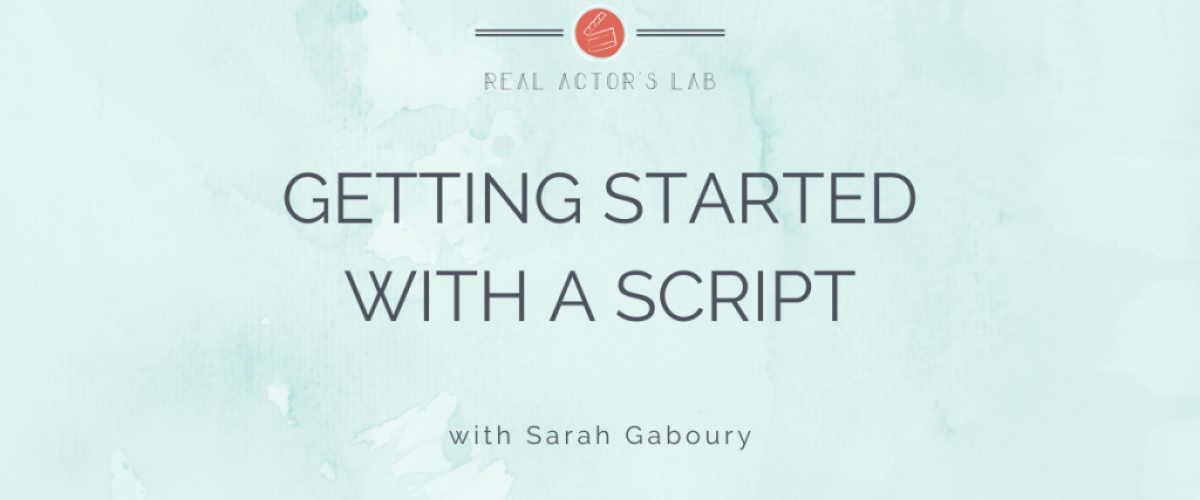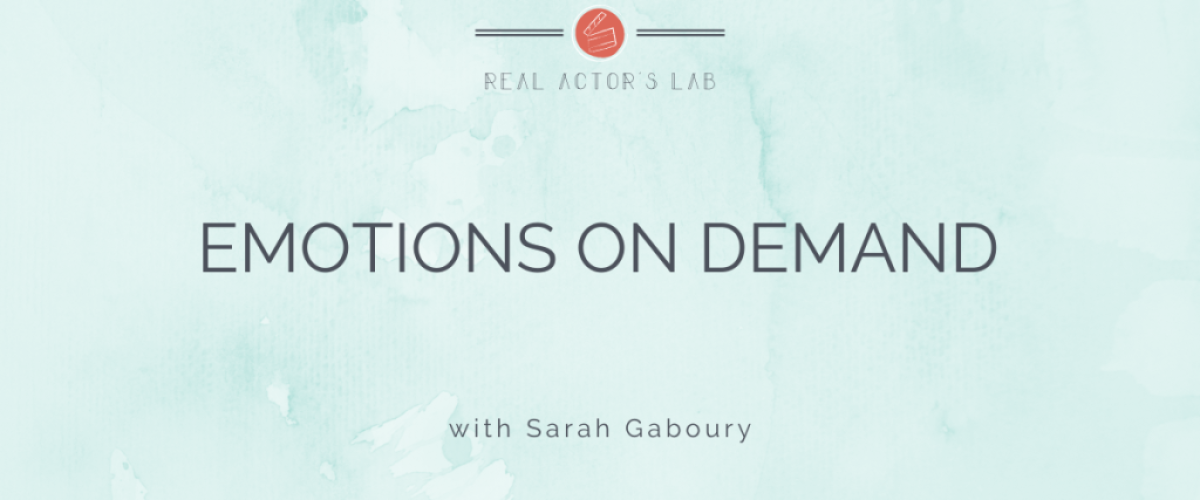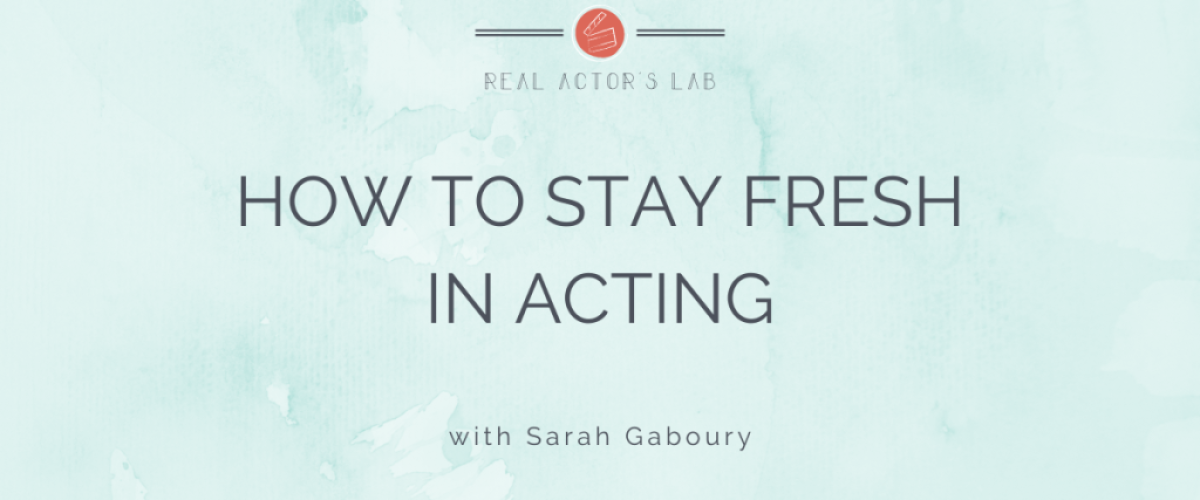Before you make choices in a script do this first
I recently had an audition coaching with an actor who had to prepare a scene about two people struggling in a relationship.
She had already made a lot of choices and wanted to hit the ground running — but as we started working I realized her choices seemed off. We slowed down and I asked her some questions.
“What is literally happening in this scene?” I asked her.
“Well, she’s demanding he step up and be a better boyfriend.”
“Is he?” I asked.
She studied it again for a while. “Oh sh*t! She’s actually telling him he should let go and trust himself in their relationship.”
The event of the scene had been totally redefined — which meant the entire objective and actions shifted, too. It was actually a completely different scene. And it made sense in the story this way.
You can be the best actor in the world but if you miss the whole point of the scene you’re killing the story.
The absolute first thing to do when you get a new script, before anything else, is to read it deeply. This seems obvious, but just like in the example above, we sometimes need reminders. Read, read and read again every piece of material you get until you understand the event of the scene. Once you’ve done that, you can begin.
Every scene in a good script is there for a reason and part of your job is to figure out why the scene is there in the first place. Before you begin analyzing and breaking it all down, start with what’s literally happening.
Something like: Julia goes to dinner with Audrey at a high-end restaurant and while her long time girlfriend Audrey is in the restroom, she tells the server she expects Audrey to propose that night. When instead Audrey breaks it off, Julia breaks a wine glass and leaves Audrey alone at the restaurant. See how there’s no added stuff? No – she felt this and she probably this and maybe this…?
When you discover what literally happens, you’ll start to see why it’s in the story. If you miss why the scene is there in the first place you may end up telling the wrong story.
Then get on your feet and work out loud. Check out my post on how to make the most of your first reads of a scene here.
CLASS CLIP TRANSCRIPTION
What you’re always looking for, in every scene…first you’re just getting a sense of the people, of the world, what’s happening. And one of the first things you really want to look for is, what is the literal event of every scene. What’s happening? Why might this scene be necessary in the larger story? Like, what is literally—not the stuff we fill in as the creative people later, but what is literally on the page happening and why is this here? The writers are saying it’s a nonnegotiable part of the story that the audience needs for some reason. Sometimes you can tell that the scene is about establishing a friendship, establishing…if it’s a love interest, you might need to establish that there’s a spark between two characters in a scene, so that you as the actor can know, it’s important that I get the chemistry here. It’s important that I make a connection with the other actor.
After you’ve done all the reading and you’ve tried to figure out as much as you can about what’s happening scene by scene for the character you’re going to always ask: what is the main objective for my character in this scene? And it’s usually different from scene to scene. You might get really clear that there’s a clear objective for this character for the whole show. You know that happens, where it’s like, they’re trying to save the group from the monster, whenever, you know. But then scene-by-scene there’ll be many objectives or goals.




